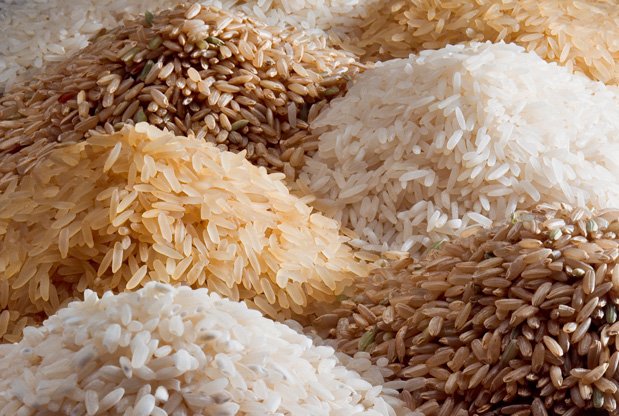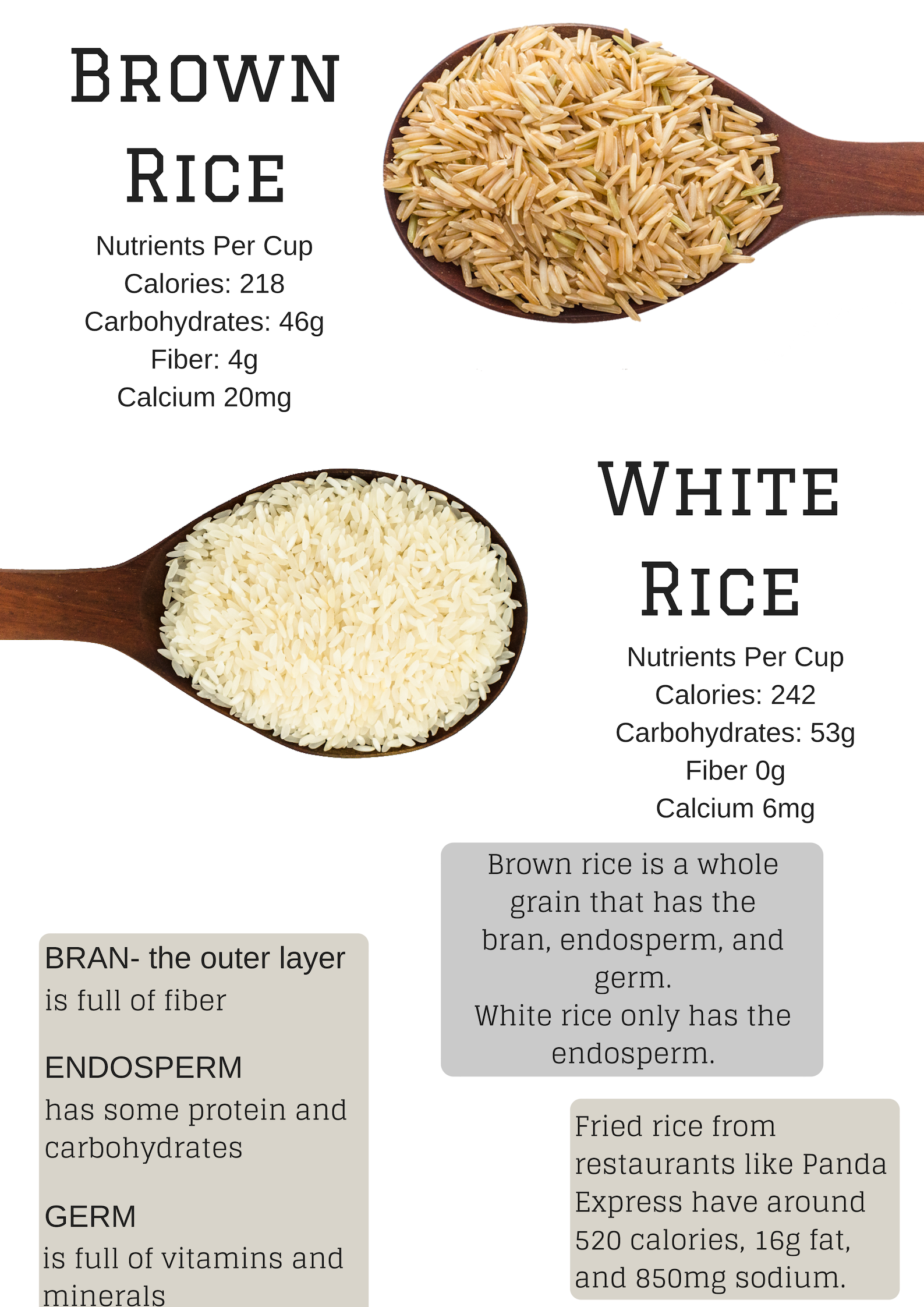White Rice Spikes Blood Sugar Levels

White rice spikes blood sugar levels and 'has almost the same effect as eating pure table sugar,' according to Harvard Medical School
- 1. White rice is highly processed and can spike blood sugar levels, which may increase the risk of diseases like diabetes if eaten regularly, like every day.
- 2. Because of how the body processes white rice, Harvard Medical School has said that it has the same effect as eating "pure table sugar," which is not great for overall health.
- 3. It's not as healthy to eat white rice as it is to eat brown rice or less processed alternatives that contain more nutrients, protein, and fiber.
- 4. White rice has a higher glycemic index than brown rice.
The difference between white and brown rice
White and brown rice are not different species. In fact, most of the rice we eat is the same species -- Oryza sativa. The difference is that brown rice has two distinctive parts that white rice lacks
- 1.The bran, which is the outer edible layer of the rice grain.
- 2.The germ, which is the reproductive part of the grain.
These not only give brown rice its color, but they're also the most nutrient-dense parts of rice. One downside is that the fat in the bran and germ makes brown rice spoil more quickly than white rice. The average shelf life for brown rice is about six months.
By contrast, white rice is what's left behind after the grain is polished and the bran and germ are removed. This makes white rice cook faster and gives it a longer shelf life. It also means that white rice contains fewer nutrients than brown rice.

For comparison, here's how much nutrition you get from a cup of cooked white rice versus brown.
| 1 cup white rice | 1 cup brown rice | |
| Calories | 205 | 216 |
| Carbohydrates | 45 grams | 45 grams |
| Fat | 0.4 grams | 1.8 grams |
| Protein | 4.2 grams | 5 grams |
| Fiber | 0.6 grams | 3.5 grams |
| Calories | 205 | 216 |
| Calcium | 15.8 milligrams | 19.5 milligrams |
| Magnesium | 19 milligrams | 84 milligrams |
| Thiamine | 0.3 milligrams | 0.2 milligrams |
| Niacin | 2.3 milligrams | 3.0 milligrams |
| Phosphorous | 68 milligrams | 162 milligrams |
- Calcium, which is important for teeth and bone health.
- Fat, which consists of healthy unsaturated fats that are important for cardiovascular health.
- Phosphorus, which collaborates with calcium to form strong bones and teeth.
- Vitamins B1 (thiamine) and B3 (niacin), which helps keep the nervous system functioning properly.
- Protein, which helps build muscle and is essential for growth and development.
- Magnesium, which is important for proper neurological function, among many other benefits.
Benefits of eating brown rice instead of white
- 1. Ryan is specifically interested in the disease-preventing and nutritional benefits of eating rice bran. Her research has shown that nutrients in rice bran could help protect against colorectal cancer. The bran makes brown rice rich in compounds called phytochemicals that have antioxidant and anti-inflammatory properties.
- 2. There's a lot of phytochemicals in brown rice that are not in white rice
- 3. Brown rice has more soluble and insoluble fiber and protein than white rice. This fiber is a good prebiotic, which means it helps feed a healthy gut microbiome. And a healthy gut microbiome is essential for myriad functions, including digestion and a strong immune function
- 4. Most of the calories in white and brown rice come from carbohydrates, white rice has a higher glycemic index than brown rice. This means that a serving of white rice provides a quicker blood sugar spike, which, according to Harvard Medical School, "has almost the same effect as eating pure table sugar." Brown rice has a lower glycemic index, which is better for warding off diseases like diabetes.